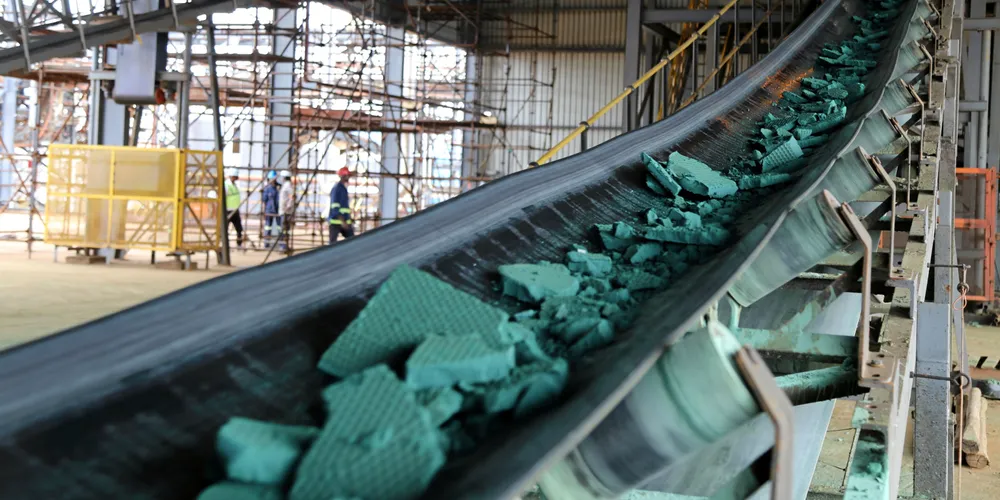'Critical shortfall' | Metals industry warns supply crunch threatens Europe's green plans
Continent faces shortages of essentials such as copper, lithium and cobalt as soon as 2030, says study for Eurometaux.

Continent faces shortages of essentials such as copper, lithium and cobalt as soon as 2030, says study for Eurometaux.
